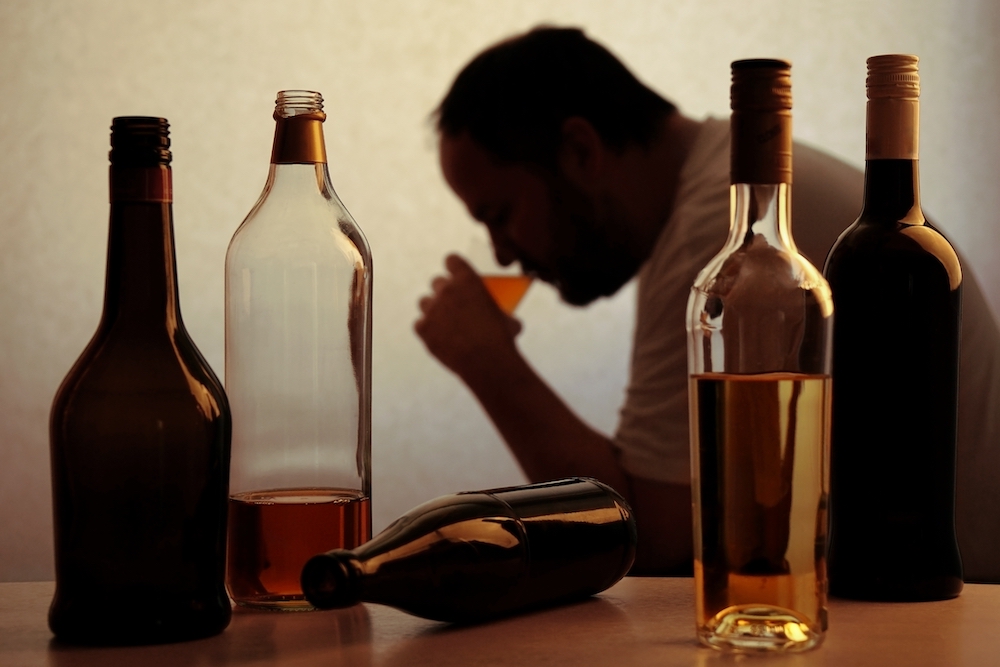Like we said in a previous article, December can be a tough month for many.
It is also a festive month, and our societies have long ago associated festivities with… alcohol.
If you are trying to cut down on drinking – or anything else for that matter – this article is for you.
Key Terms: from Pleasure to Pain
If I should name some key terms related to addiction, the first one would be pleasure.
Those who didn’t understand the notion of pleasure in addiction missed an important step: addiction often start with pleasure… Pleasure and sensation seeking.
The second word would be need. When pleasure becomes need, an impulsive scratching need.
The third word would be coping; the illusion of coping, and the illusion of control.
And the last would be pain: in addiction, you go from pleasure to pain, and from pain to pleasure, continuously. Can’t get one without the other.
Most importantly, you quickly lose control on which dimension comes first and which second, they will all merge into a never-ending cycle of pain, need, coping with pain, seeking pleasure, and not seeing the end of it.
Addiction can be devastating; not only to its victims, but also to everyone in their surroundings witnessing it.
The Addictive Spectrum
What is the object of your addiction? A fascinating concept I have researched a lot in previous years are behavioral addictions. As a matter of fact, while addiction used to be limited to substances (nicotine, illicit drugs, medication) and alcohol, it now also includes behavioral addictions such as gambling, gaming, sex and so on.
There are many types of addictions, but in the end they all boil down to the same processes. Indeed, not only can many types of addiction all come together (addiction to substances and alcohol, behaviors and medication), but they also come in a similar way, expressing the same related concerns.
Addictive Processes
So how does it start?
As we said, it starts with pleasure. That drink, that snort, that feeling: it is mesmerizing.
An instant relief from tension and stress, a new dimension including more possibilities, lighter concepts, fun, letting go: simply feeling good.
It starts with a feeling.
That first high, that first win, that buzz that lifts you up: you want it again. Not necessarily immediately, and not necessarily badly, but you wouldn’t miss it if it came along.
And then you start looking for it: maybe out of boredom, maybe out of pain, maybe out of social circumstances… excuses to get there seem to be multiplying, but also the difficulty in getting that same feeling again. This is the notion of tolerance, essential to all addictions: you get used to that feeling and you don’t get it as easily: you need more. You need more to get there. And you start needing to get there more often than not.
And when life hits you hard, when the stress gets too high, you start to auto-medicate. The equation is quite simple really: why feel like shit when you have the possibility of feeling pleasant? You do not want to deal with whatever it is you are dealing with – or you simply can’t find a way to get out of this mess – but whatever you do: you know you can feel better. And so, you do, and you start feeling better right away.
And then comes the need. From willfully going into something, you start needing to get into it. That numbing feeling that only gets reactivated by that special thing that gets you going. That drive, that feel that makes everything alive again: it is also killing everything else slowly.
Your social life gets altered, you don’t hang out with the same people anymore, those who can’t understand your “trip”. And then your life gets altered. You start forgetting things, losing focus, your body experiences withdrawal when the object of your addiction is gone: it shivers, you get nervous, edgy, you experience all sorts of body ache (headache for cigarettes, joint pain for heroin – it all depends on your object) and you feel down. So down. And soon after, you start feeling lost. And soon after that, you are.
People around you might have been telling you a while, but you haven’t been seeing it. That illusion of control is way too important to let go of. Addiction is a problem, and no one wants another problem.
You might have also realized that you were exaggerating, maybe you tried to cut down a few times, but somehow you often find your way back to the same point.
If you recognize yourself in these descriptions, below is a list of symptoms for you to look into..
Symptoms of Addiction
Addiction describes a problematic pattern of using alcohol or another substance that results in impairment in daily life or noticeable distress. The DSM-5 states that in order to be diagnosed, a person must display 2 of the following 11 symptoms within 12-months:
- Taking the substance in larger amounts or for longer than you’re meant to.
- Wanting to cut down or stop using the substance but not managing to.
- Spending a lot of time getting, using, or recovering from use of the substance.
- Cravings and urges to use the substance.
- Not managing to do what you should at work, home, or school because of substance use.
- Continuing to use, even when it causes problems in relationships.
- Giving up important social, occupational, or recreational activities because of substance use.
- Using substances again and again, even when it puts you in danger.
- Continuing to use, even when you know you have a physical or psychological problem that could have been caused or made worse by the substance.
- Needing more of the substance to get the effect you want (tolerance).
- Development of withdrawal symptoms, which can be relieved by taking more of the substance.
- 2-3 symptoms: MILD ADDICTION
- 4-5 symptoms: MODERATE ADDICTION
- 6 or more symptoms: SEVERE ADDICTION
Source: American Psychiatric Association. (2013). Diagnostic and statistical manual of mental disorders (5th ed.)






